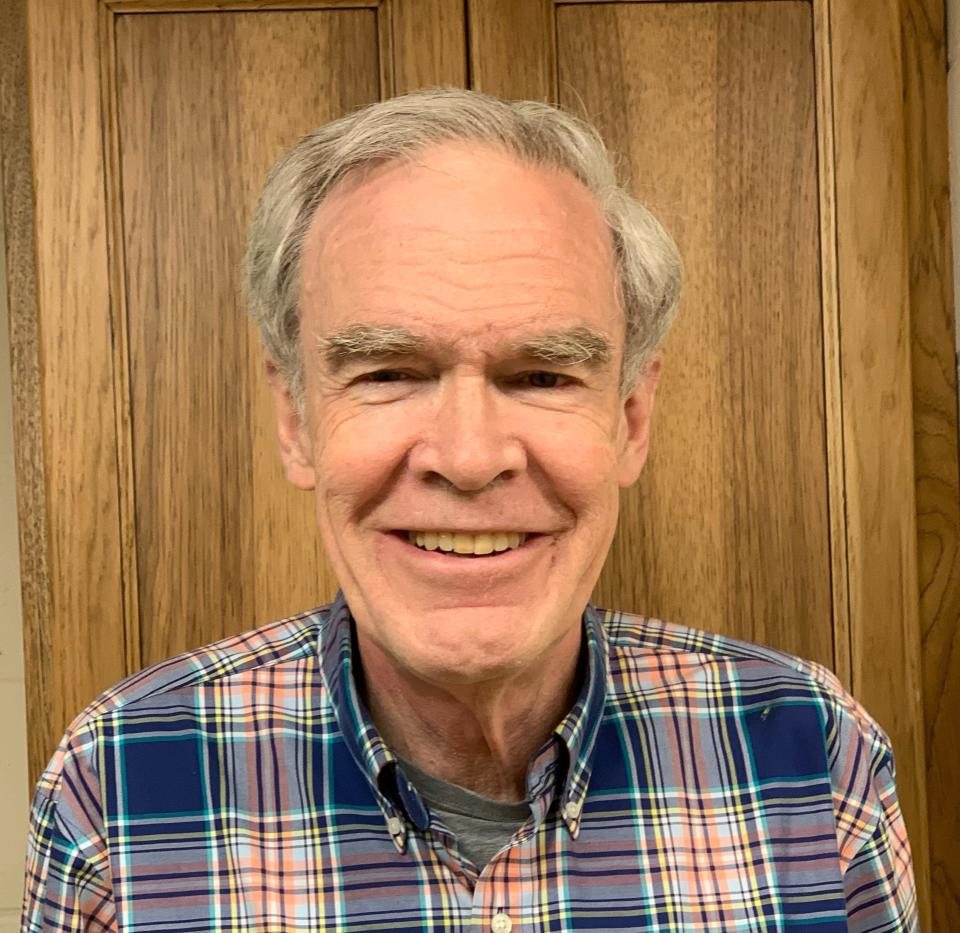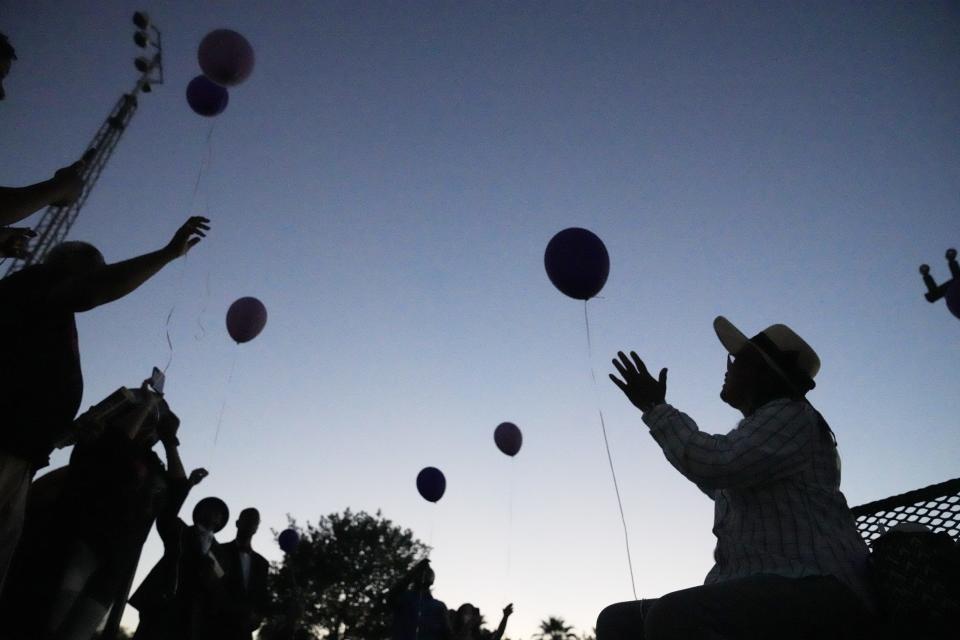Buffalo shooting: Extreme risk protection orders could help stop Ohio mass killings| Rogers
Bexley resident Douglas Rogers is a graduate of Yale Law School and a former military police captain. He was a partner in the law firm of Vorys, Sater, Seymour and Pease for more than 20 years. Rogers was a Moritz College of Law adjunct professor at Ohio State University from 2011 to 2016.
Conservative U.S. Supreme Court Justice Amy Coney Barrett – when she was a Seventh Circuit judge – wrote, “Legislatures have the power to prohibit dangerous people from possessing guns. …."
The teenager who allegedly killed 10 individuals at a Buffalo grocery store would be such a dangerous person.
Not only dangerous, but before the shooting he allegedly “wrote in increasing detail of his plans to murder dozens of Black people in statements posted online.”
More: Look evil in eye, reject lie. Fear at root of Buffalo shooting behind Ohio bills| Robinson
Such warning signs are typical.
The FBI found that mass shooters “displayed four to five observable and concerning behaviors before their attacks.” The United States Secret Service and Department of Education found that from 2008 to 2017, “100% of the perpetrators showed concerning behaviors, and in 77% of shootings, at least one person – most often a peer – knew about their plan.”
The shooting at Marjory Stoneman Douglas High School in Parkland, Florida in 2018 is another example.
Nearly 30 people knew about the shooter’s previous violent behavior, and law enforcement had been called to incidents involving the shooter on more than 20 occasions. However, the shooter had never been convicted of a crime, and his mental health history did not legally prohibit him from buying or having guns.

More: How to submit guest opinion columns to the Columbus Dispatch
There is a statutory remedy that can authorize preventive actions against warned mass shootings: extreme risk protection order laws. They allow law enforcement and sometimes family members to petition a court for an emergency order to deprive the dangerous individual of access to guns.
Extreme risk protection order laws are bipartisan. After Parkland, 19 states plus the District of Columbia – both blue (including Florida and Indiana) and red – have passed extreme risk protection order legislation with the support of law enforcement.
More: Will legislators OK 'red flag' bill?
Conservative Florida Republican Sen. Marco Rubio supports extreme risk protection order laws: “Far too often, we learn after a tragedy that the perpetrator displayed concerning and often repeated signs of deeply troubling behavior, including clear statements indicating their intent to cause harm to others.”

The American Bar Association supports extreme risk protection order laws and has urged “state … governments to enact statutes … authorizing courts to issue gun violence restraining orders, including ex parte orders …. with documented evidence that another person … poses a serious threat … temporarily suspending the respondent's possession of a firearm or ammunition…”
Other experts agree there must be a court-approved process for ex parte relief – before the imminent gun violence has occurred (subject to a more complete hearing later) – to try to prevent future deaths.
There is no legal prohibition against extreme risk protection orders.
The Supreme Court “has recognized, on many occasions, that where a state must act quickly, or where it would be impractical to provide pre-deprivation process, post-deprivation process satisfies the requirements of the Due Process Clause.” No court has ruled that extreme risk protection orders violate the Second Amendment.
More: Advocates demand tougher Ohio gun laws

The Ohio General Assembly has taken no action to prevent future mass shootings since the mass shooting in Dayton in August of 2019.
The General Assembly has not even scheduled a hearing on the bipartisan extreme risk protection order legislation in the Ohio Senate (Senate Bill 138) or companion bill in the Ohio House (House Bill 257).
Common sense should prod the General Assembly to adopt Justice Barrett’s position to take away the guns of dangerous people until the danger subsides.
After extreme risk protection order law passage, there should be publicity and training for law enforcement and the public about the availability of extreme risk protection orders.
Such steps are necessary to try to prevent future mass shootings in Ohio.
Bexley resident Douglas Rogers is a graduate of Yale Law School and a former military police captain. He was a partner in the law firm of Vorys, Sater, Seymour and Pease for more than 20 years. Rogers was a Moritz College of Law adjunct professor at Ohio State University from 2011 to 2016.
This article originally appeared on The Columbus Dispatch: Opinion: Extreme risk protection orders law could save lives in Ohio

